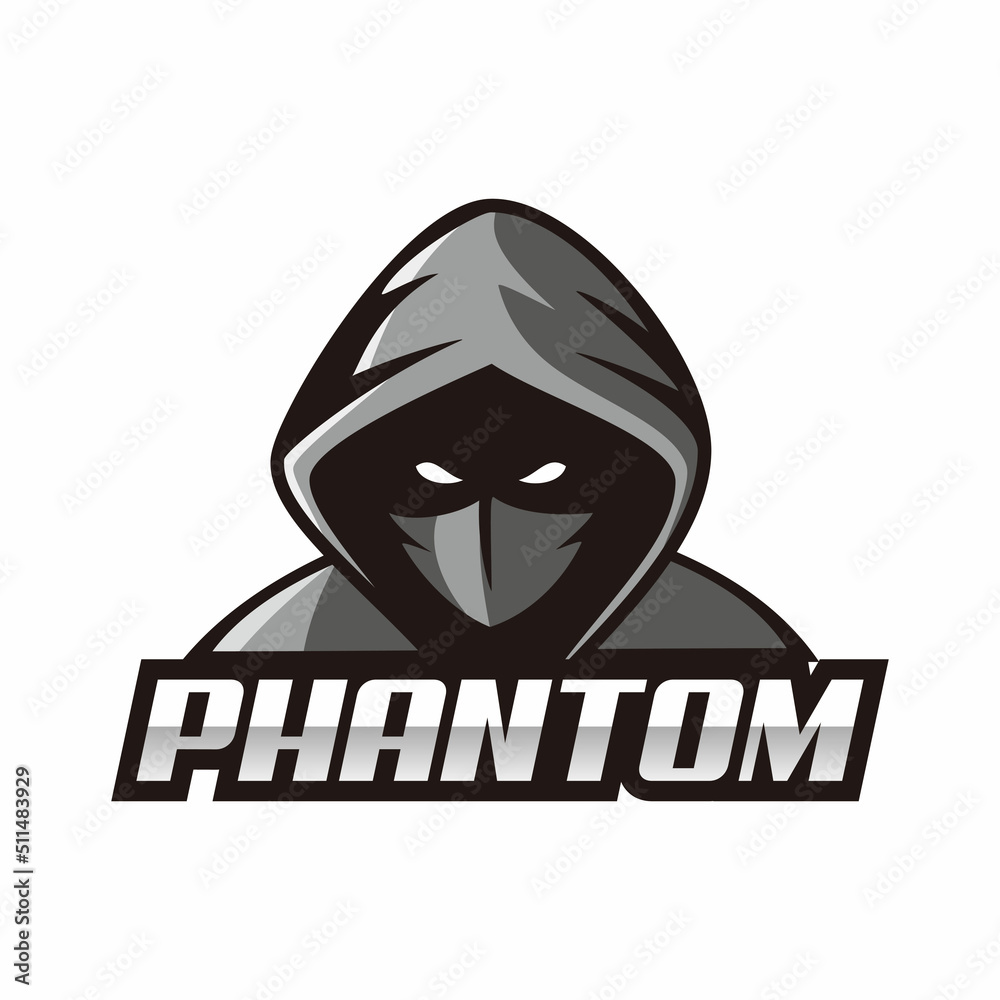Man, I’ve been watching the crypto space for a while now, but lately, something’s been sticking out about how Web3 gaming is blending into yield farming, especially on Solana. It’s like these two worlds—gaming and decentralized finance—are colliding in ways that feel both exciting and kinda unpredictable. At first, I thought this was just another hype cycle, but the more I dug in, the more I realized there’s some real meat here.
Here’s the thing. Yield farming used to be about staking tokens and earning passive rewards. Simple, right? But now, with metaverse projects popping up, gaming elements are turning these farms into interactive experiences. Players aren’t just farming—they’re exploring worlds, battling, and even trading assets that have real DeFi value. It’s wild how immersive it’s getting.
Whoa! Imagine farming your favorite token not from a dull dashboard but through a questline in a virtual environment where you control avatars. This isn’t just future talk; it’s happening now on Solana. The blockchain’s speed and low fees make it perfect for this kind of integration. Still, I wonder if this fusion is sustainable or just a flashy gimmick.
Initially, I was skeptical about combining these concepts. Gaming is all about engagement and fun, while yield farming is cold, math-driven finance. But actually, wait—let me rephrase that. The gamified DeFi approach could solve the user retention problem plaguing many yield farms. If farming feels like playing a game, users might stay longer and invest more. That said, there’s a risk of overcomplicating things and alienating traditional DeFi users.
Something felt off about how some projects promise massive APRs through gamification but lack transparency on tokenomics. It’s like getting a shiny new game but discovering the loot boxes are rigged. I’m biased, but I think a solid foundation—clear smart contracts, auditable protocols—is very very important here. Otherwise, this whole trend could crash harder than a poorly coded NFT drop.

Solana’s Role in This New Frontier
Okay, so check this out—Solana’s network really shines in this space because it handles thousands of transactions per second with minimal fees. That’s a game-changer for Web3 gaming and yield farming hybrids. Players can interact in real-time without getting wiped out by gas fees the way they do on Ethereum. Plus, Solana’s ecosystem has been building out robust tools, which means developers can innovate faster.
I remember when I first tried integrating my phantom wallet with a metaverse farming game. The seamless experience blew me away. No delays, no weird errors. Just smooth gameplay linked directly to my crypto assets. That was my “aha!” moment realizing wallets like Phantom are crucial bridges between these complex worlds. Really?
Though actually, on one hand, this accessibility is fantastic, on the other, it raises concerns about security. More complex interactions mean more attack surfaces. Users need to stay vigilant, especially when connecting wallets to new dApps. I’m not 100% sure all these projects have nailed their security audits yet.
Here’s what bugs me about some of these platforms: they hype “play-to-earn” but sometimes overlook the economic sustainability. If everyone floods the game trying to farm tokens, inflation can tank the rewards fast. It’s a delicate balance—too restrictive, and players lose interest; too loose, and the token loses value. Game theory meets economics in a tricky dance.
Plus, there’s this whole cultural angle. The US crypto crowd loves innovation but also craves reliability. If a project doesn’t deliver a smooth, trustworthy experience, word spreads fast. That’s why I think wallets like Phantom, which prioritize UX and security, give certain ecosystems a leg up. It’s not just tech; it’s trust.
What’s Next? Metaverse Expansion or Yield Farming Overload?
So where do we go from here? Will metaverse integration become the norm for yield farming, or is this a passing fad? Honestly, I’m torn. Some days, the potential for immersive, rewarding DeFi through gaming seems limitless. Other times, I worry about complexity turning off the everyday user. The learning curve can be steep.
Imagine a future where your in-game avatar harvests crops on a virtual farm, and those crops represent real yield-bearing assets. That’s the dream. But realistically, scaling this beyond niche communities will require better onboarding and education. The tech’s there, but user experience still lags behind traditional gaming or finance apps.
Oh, and by the way, the cross-chain possibilities could shake things up. Solana might be the current hotspot, but bridging assets and gameplay across blockchains could create an entirely new layer of engagement. The problem? Interoperability is still a mess, and no one wants to deal with clunky bridges or lost tokens.
My instinct says we’ll see gradual, iterative improvements rather than overnight revolutions. The projects that survive will be those that combine solid tokenomics, engaging gameplay, and seamless wallet integration—like the experience I had with my phantom wallet. Those elements together build a strong foundation for growth.
Really, I’m curious—what’s your take? Are you diving into these metaverse-fueled yield farms, or sticking to simpler DeFi strategies for now? There’s a whole lot to unpack, and honestly, some of this stuff feels like a wild west still. But that’s also what makes it exciting.
FAQ about Web3 Gaming and Yield Farming on Solana
How does Web3 gaming enhance yield farming?
Web3 gaming adds an interactive layer to traditional yield farming by turning passive token staking into engaging activities like quests, battles, and asset trading within virtual environments.
Why is Solana a preferred network for these projects?
Solana’s high throughput and low transaction fees enable real-time gaming and complex DeFi operations without the gas fee hurdles seen on other blockchains.
Is using wallets like Phantom safe for interacting with these games?
Phantom wallet offers a user-friendly and secure way to connect to Solana-based dApps, but users should always practice caution and verify project credibility before granting permissions.
